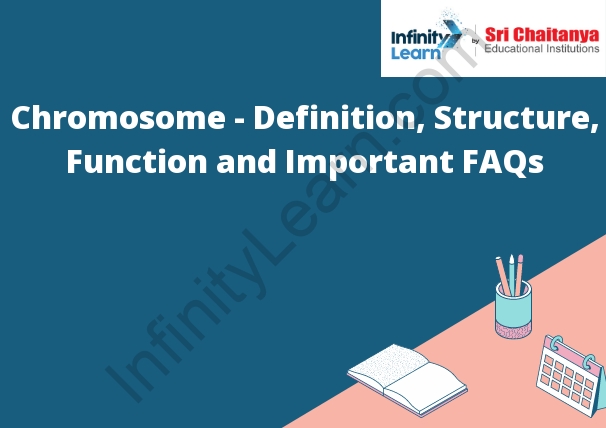Table of Contents
What are Chromosomes?
Chromosome – Definition: Chromosomes carry the basic genetic material DNA which is responsible to provide hereditary characteristics and genetic information to the various cells. The cellular functions are important for the growth and survival of living organisms.; Talking about the chemical composition of chromosomes, they are covered by histones and other proteins whose role is protection from chemical enzymes and physical forces. This, in turn, helps DNA to have a safeguard during the process of cell division.

Who Discovered Chromosomes?
The discovery of chromosomes was credited to German scientist, Walther Flemming, in 1882. Flemming was working with cells in a microscope and he noticed that the chromosomes were located in the nucleus of the cells.
Chromosome Definition
A chromosome is a molecule of DNA that is found in the nucleus of cells and is responsible for the inheritance of genetic information. Chromosomes are composed of two long DNA strands that are coiled around proteins called histones. The DNA strands are organized into structures called chromosomes. Humans have 23 pairs of chromosomes, one from each parent.
Chromosome Structure
- A chromosome is a DNA molecule that carries the genetic information of a cell. Chromosomes are located in the nucleus of the cell.
- The structure of a chromosome is very complex. It is made up of two strands of DNA that wrap around each other to form a helix. The strands are held together by proteins. The proteins also help to organize the DNA into regions called chromosomes.
Let’s understand all the parts of the above Chromosome Structure one by one:
- The chromosome is a DNA molecule that is present in the nucleus of the cell.
- The chromosome is made up of two strands of DNA that are twisted around each other.
- The DNA is made up of four bases: adenine (A), thymine (T), cytosine (C), and guanine (G).
- The bases are paired together: A pairs with T, and C pairs with G.
- The sequence of the bases along the DNA strand determines the genetic information that is stored in the chromosome.
Chromosome Function
Chromosomes are thread-like structures that are found in the nucleus of cells. They are made up of DNA, which is the genetic material that determines the characteristics of an organism. Chromosomes carry the instructions for making proteins, which are the building blocks of life.
How to make notes on Chromosomes
- Chromosomes can be studied microscopically to look for certain features. One such feature is the banding pattern. This is caused by the DNA being coiled around proteins called histones. When the DNA is unwound, the bands are visible. There are different types of banding patterns, which can be used to identify a chromosome.
- Chromosomes can also be stained to reveal the DNA sequence. This is done by using a dye that binds to the DNA. The dye will stain the DNA in a certain pattern, which can be used to identify a chromosome.
Studying Chromosomes?
Chromosomes are the structures in cells that contain the genetic information.





